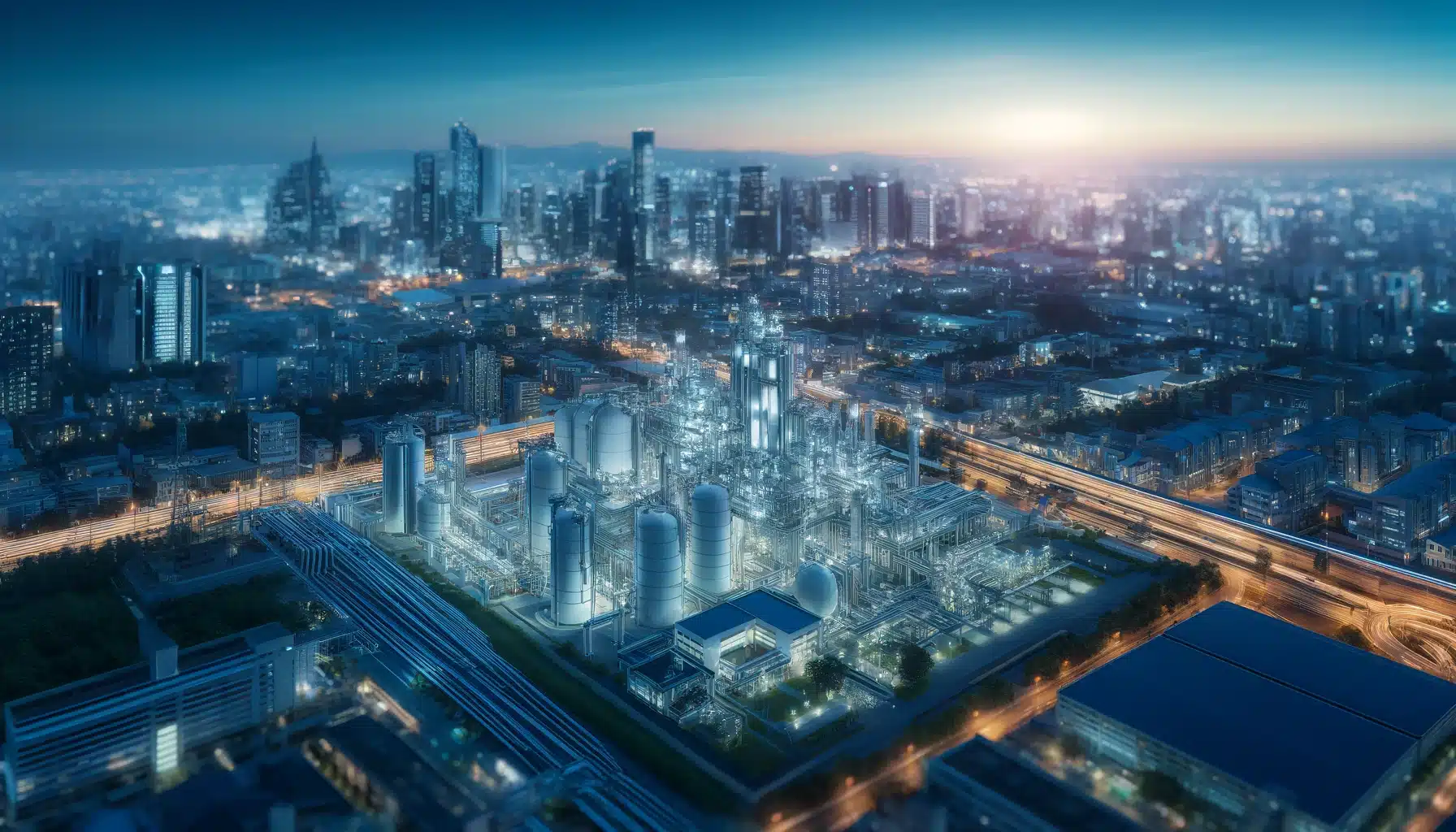In recent years, the transportation sector has faced increasing pressure to reduce its environmental impact and embrace sustainable practices. Midstream transportation, which involves the movement of oil, gas, and other energy products from production sites to refineries and distribution centers, has been a particularly scrutinized area due to its significant carbon footprint. However, there is growing optimism as midstream transportation companies are taking proactive steps to minimize their environmental impact and transition towards a greener future. Let's explore the innovations and initiatives that are driving sustainability in midstream transportation.
Advancements in Green Technologies
1. Electric and Hybrid Vehicles
- Midstream transportation companies are increasingly incorporating electric and hybrid vehicles into their fleets to reduce emissions and dependence on fossil fuels.
- These vehicles offer lower operating costs and improved energy efficiency, making them an attractive and sustainable alternative to traditional diesel trucks.
2. Renewable Energy Sources
- Many midstream transportation companies are harnessing renewable energy sources such as solar and wind to power their operations.
- By utilizing clean energy sources, these companies can significantly reduce their carbon footprint and contribute to a more sustainable energy ecosystem.
Efficiency and Optimization
1. Route Optimization
- Midstream transportation companies are investing in advanced route optimization technologies to minimize fuel consumption and emissions.
- By optimizing delivery routes, companies can reduce travel time, lower operational costs, and lessen their environmental impact.
2. Smart Monitoring and Maintenance
- Through the implementation of IoT devices and sensors, midstream transportation companies can monitor vehicle performance in real-time and identify maintenance needs proactively.
- This proactive approach to maintenance helps prevent breakdowns, improve fuel efficiency, and extend the lifespan of vehicles.
Investment in Infrastructure
1. Sustainable Fueling Stations
- Midstream transportation companies are increasingly investing in sustainable fueling stations that offer alternative fuels such as biodiesel, compressed natural gas (CNG), and hydrogen.
- These stations provide greener fuel options for vehicles, further reducing the environmental impact of transportation operations.
2. Energy-Efficient Terminals
- Companies are upgrading their terminals and storage facilities to be more energy-efficient and environmentally friendly.
- By implementing technologies such as LED lighting, solar panels, and energy-efficient HVAC systems, companies can reduce energy consumption and carbon emissions at their facilities.
Collaboration and Partnerships
1. Industry Collaboration
- Midstream transportation companies are collaborating with partners across the industry, including suppliers, customers, and regulatory agencies, to drive sustainability initiatives.
- By working together, companies can share best practices, leverage resources, and collectively address environmental challenges facing the transportation sector.
2. Research and Development Partnerships
- Many midstream transportation companies are forming partnerships with research institutions and technology providers to innovate and develop sustainable solutions.
- These partnerships lead to the creation of cutting-edge technologies and practices that improve efficiency, reduce emissions, and advance sustainability in transportation.
Regulatory Compliance and Reporting
1. Emission Reduction Targets
- Midstream transportation companies are setting ambitious emission reduction targets in line with regulatory requirements and industry standards.
- By proactively reducing emissions, companies can demonstrate their commitment to sustainability and compliance with environmental regulations.
2. Transparent Reporting Practices
- Transparency is key for midstream transportation companies to communicate their sustainability efforts to stakeholders and the public.
- By implementing transparent reporting practices, companies can track their progress, identify areas for improvement, and build trust with consumers and investors.
Conclusion
As the demand for energy products continues to rise, midstream transportation plays a critical role in ensuring the efficient and sustainable movement of resources. By embracing green technologies, optimizing efficiency, investing in infrastructure, fostering collaboration, and complying with regulations, midstream transportation companies are making significant strides towards a greener future. The collective efforts of industry stakeholders, coupled with innovation and commitment to sustainability, will pave the way for a more environmentally conscious and sustainable midstream transportation sector.
